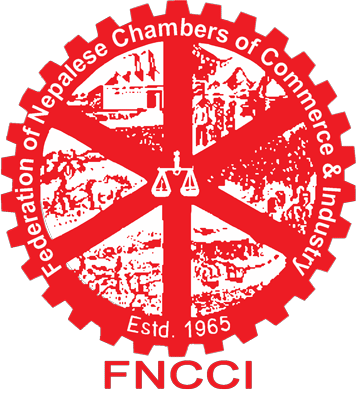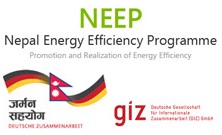Improving Boiler Efficiency
Energy Saving Tips
- Ensuring proper fuel storage, handling, and preparation, for achieving good combustion conditions.
- Avoiding partial load operations of combustion equipment.
- Operating with minimum excess air for fuel economy.
- Operating with lowest the possible stack temperature for fuel economy.
- Operating with variable speed options for fan motors, if capacity control is needed (rather than inefficient damper control operations) in order to achieve power savings.
- Establish a boiler efficiency-maintenance program. Start with an energy audit and follow-up, then make a boiler efficiency-maintenance program a part of your continuous energy management program.
- Preheat combustion air with waste heat. Add an economizer to preheat boiler feed water using exhaust heat. (Every 22°C reduction in flue gas temperature increases boiler efficiency by 1%.)
- Use variable speed drives on large boiler combustion air fans with variable flows instead of damper controls.
- Insulate exposed hot oil tanks.
- Clean burners, nozzles, and strainers regularly.
- Inspect oil heaters to ensure proper oil temperature.
- Close burner air and/or stack dampers when the burner is off, to minimize heat loss up the stack.
- Introduce oxygen trim controls (limit excess air to less than 10% on clean fuels). (Every 5% reduction in excess air increases boiler efficiency by 1%; every 1% reduction of residual oxygen in stack gas increases boiler efficiency by 1%.)
- Automate/optimize boiler blowdown. Recover boiler blowdown heat. Inspect door gaskets for leakage avoidance.
- Inspect for scale and sediment on the water side. (Every 1mm-thick scale (deposit) on the water side could increase fuel consumption by 5%–8 %.)
- Inspect heating surfaces for soot, fly-ash, and slag deposits on the fire side. (A 3mm-thick soot deposition on the heat transfer surface can cause an increase in fuel consumption of 2.5%.)
- Optimize boiler water treatment.
- Recycle steam condensate to the maximum extent.
- Study part–load characteristics and cycling costs to determine the most efficient combination for operating multiple boiler installations.
- Consider using multiple units instead of one or two large boilers, to avoid partial load inefficiencies.



